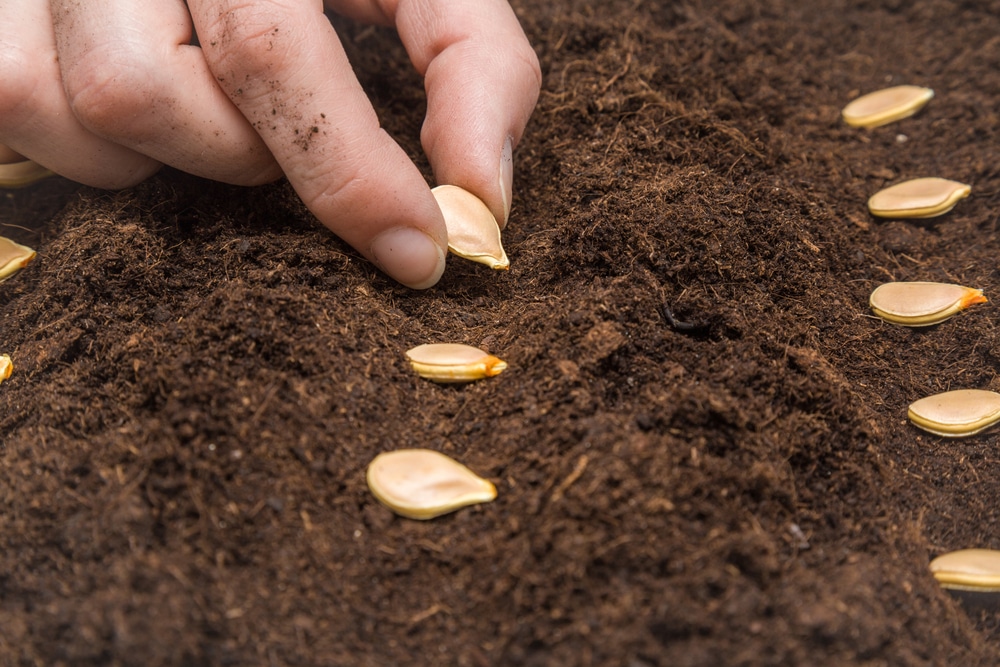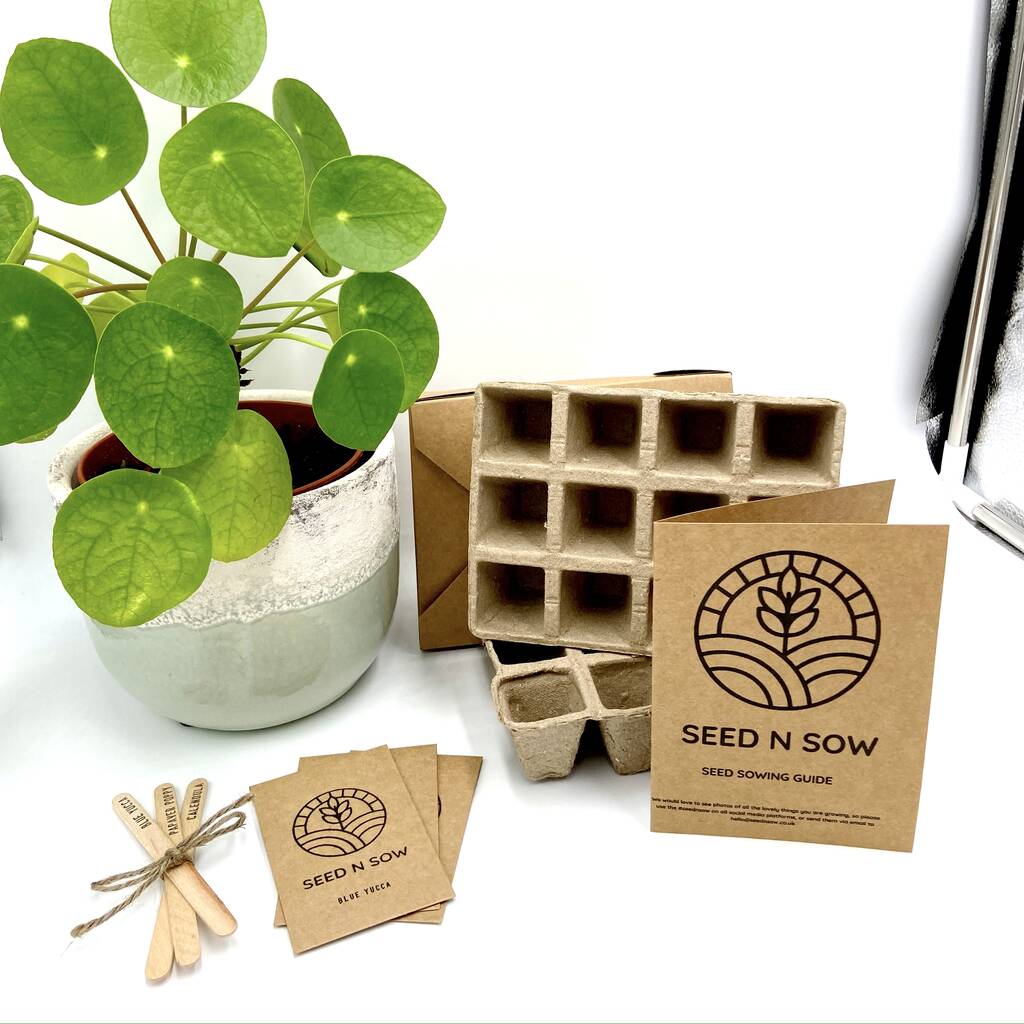Table Of Content

Mist the leaves with water in the drier winter months to keep the plant happy and healthy. Coleus come in a variety of colors, making them absolutely breathtaking plants. They’re easy to grow, don’t get too big, and are versatile, doing well both indoors, and in shady outdoor areas. Coffee plants produce interesting frilly edges on their leaves, and grow into large trees. Sonkir soil pH and moisture testerDoes the gardener in your life get frustrated about never knowing the exact quality of their garden soil? This tester from Sonkir will take the guesswork out of the garden by letting you know the soil’s pH value, moisture level, and how much light it’s getting.
How to Start Indoor Houseplant Seeds
The best indoor plants that flower all year round - LivingEtc
The best indoor plants that flower all year round.
Posted: Sat, 24 Jun 2023 07:00:00 GMT [source]
When planted in the home landscape, apricots don't require fertilization. The native soil generally provides all the nutrients the trees need to grow and produce fruit well. If growth is slow or stunted, test your soil to check its nutrient content. Apricot trees (Prunus armeniaca) provide sweet, juicy fruit and fill the landscape with delightful flowers and fragrance in early spring. Planting zones range from 1a to 13b, with 1a being the coldest and 13b being the warmest.
How to Harvest and Save Agapanthus Seeds (4 Steps)
Peace lilies offer beautiful white bracts over contrasting dark glossy green foliage. To add to the beauty of the plant, grow them in bright and colorful pots. Since these seeds grow in tropics, they will germinate even when packaged, which means you can store them for the future. You can even refrigerate these seeds and must keep them dry until they are ready for use. The Garden Journal“The Garden Journal, Planner, and Log Book” by Joy L. Kieffer allows gardeners to keep track of what works, what doesn’t, and what to do when.
Fill Your Home with Houseplants Reviews by Wirecutter - The New York Times
Fill Your Home with Houseplants Reviews by Wirecutter.
Posted: Fri, 27 Jan 2023 08:00:00 GMT [source]
Step 3: Providing Adequate Moisture and Care
Below I’ve listed a few of the most common ones, but this is not comprehensive. Ask any seasoned gardener and they will have their own benefits to add. Having all these supplies ready will ensure a smooth and efficient seed starting process. The little planting guide that comes with it is beyond the best I’ve seen in seed packets. Transplant seedlings when they have at least two sets of true leaves, ensuring they have outgrown their initial containers.
Some plants require a bit more humidity or light than others, while some require more time, but all of the plants listed above are easy to grow and maintain. From the richly purple gloxinia flowers to the fun and fancy-free ponytail palm, there is something for everyone. Whether you’re looking for an economical way to grow indoor plants or just want a fun project, houseplants you can grow from seed are ideal.

Seed Starting Methods That Every Gardener Should Try
It will happily thrive in a pot indoors, or on your patio in a partially shaded area. Avoid direct sunlight if you don’t want to scorch your plant’s leaves. Mist them lightly with water, but do not allow the soil to become soggy.
Which seeds are difficult to grow indoors?
Easy to grow from seed, asparagus fern will grow in about three to four weeks. Asparagus fern is actually an evergreen that in the wild produces small white flowers and dark purple berries in the summer. Elephant's ear (Alocasia) is an attractive houseplant with long heart-shaped leaves and deep veins. There are over 80 species of alocasia, many of which are easy to grow from seed. It should be noted that while it is a popular indoor plant, it is poisonous if consumed and can cause contact dermatitis if handled inappropriately.
But not with just any soil – you want a loose, well-aerating mix. This depends again on the set-up method you’ve selected. The two most effective we recommend are the greenhouse method or the paper towel method. Your seed will specify the depth and spacing for planting.
How to Grow Houseplants from Seed?
A tray with water near them or a room humidifier can keep them in high spirits. Understanding and regulating temperature and humidity for seedlings. And if you’re more of a visual learner, this video sheds light (pun intended!) on the subject. This low-maintenance plant with lush, glossy elongated foliage is ideal for filling an empty, bright spot of your home or office.
Once you have your containers and growing medium prepared, it’s time to sow the seeds. Create small indentations on the surface of the seed starting mix for each seed, ensuring you follow the recommended planting depth for the specific plant species. Place the seeds in the indentations and lightly cover them with more potting mix or vermiculite. Larger seeds may require a covering of up to three times their diameter, while smaller seeds like basil or mustard may be left uncovered.
Provide them with well drained soil and bright, indirect light and they will happily grow. Water them well, but allow the soil to dry out between waterings. This plant is beautiful both sitting on a tabletop or hanging. You’ll usually be able to see germination within the first 2 weeks, some may even take a little longer depending on the conditions they’re in and take up to a month.
It needs moist soil that is never allowed to dry out and is best grown outdoors in humid climates. With the amount of time you spend inside your home, especially during the hot summer months, you’ll want to invest a variety of indoor plants you can tend year-round. The snake plant (Sansevieria trifasciata) is on every popular houseplant list for a reason. Also known as Mother-in-Law's Tongue, these long, shooting leaves will be fine in shady areas of your house as well as near a window. Water it once a month when the soil is very dry to the touch. A native of New Jersey, he loves gardening and growing unique plants and has an ever-growing collection of gardening tips and experiences.
It comes in a variety of colors and combinations including bright pinks, dark crimsons, and various shades of green. Coleus makes a great houseplant especially in the winter as they are not very tolerant of colder temperatures. Also known as a shamrock and lucky clover, oxalis is beloved for its unique appearance and leafy clusters. Available in many cultivars and colors, oxalis grows from bulbs. Cultivars like oxalis triangularus grow best where they receive bright morning light but are shaded from the hot afternoon sun. If you are looking for the next level sense of achievement, then you must go for propagating your cactus from seeds.
Once you get the hang of it, you’ll be able to start all of your plants from seeds. This process helps the seedlings adjust to the changes and prevents shock. Some seeds need some seed prep before planting in the form of pre-soaking, stratification, or scarification. For instance, stratification imitates the winter a seed would undergo, so when the seed is warm again, it triggers the germination process as if it were spring. Check your seed’s care guide or product page for seed prep details, usually the more difficult seeds do have a seed prep step.
Terracotta is breathable, and great for root aeration, but dries out quickly. They’re the style icons but can be heavy and less forgiving if overwatered. Seeds might seem like little underdogs, but their vitality can pack a punch. Humidity and temperature swings are seeds’ arch-nemeses.

No comments:
Post a Comment